Optimal Timing for Concrete Repairs
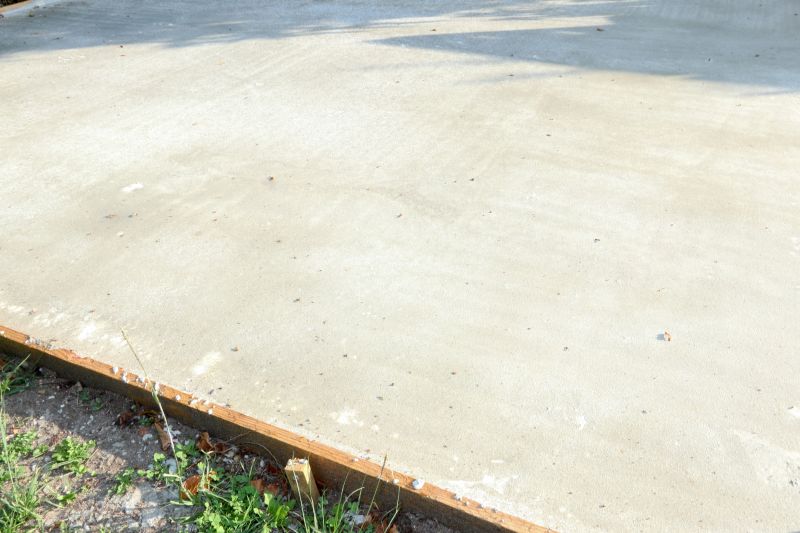
Spring offers moderate temperatures ideal for concrete curing and repair work.
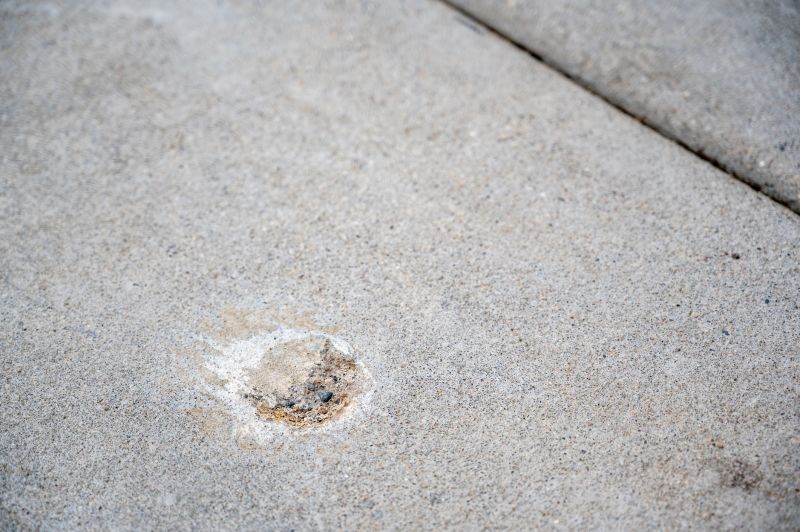
Summer provides warm weather, but high temperatures can affect curing times and quality.
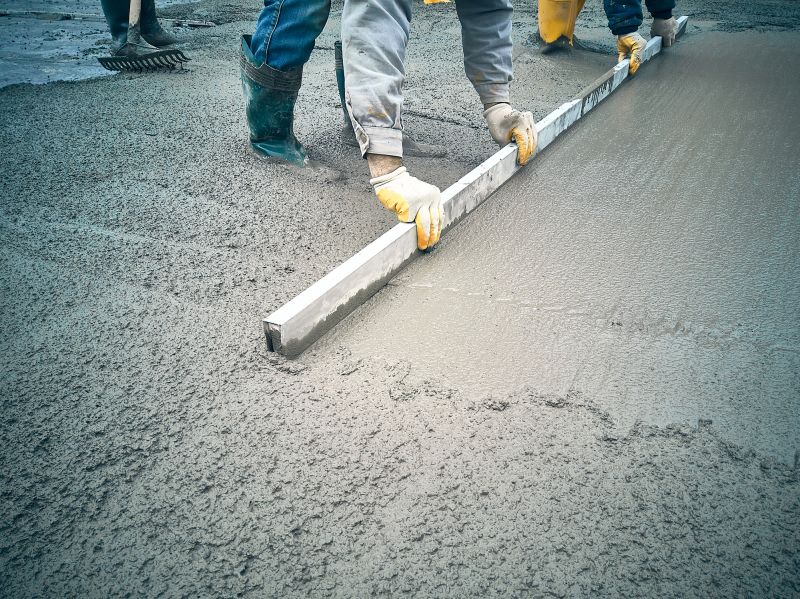
Fall's cooler temperatures are suitable for repairs, reducing the risk of rapid drying.
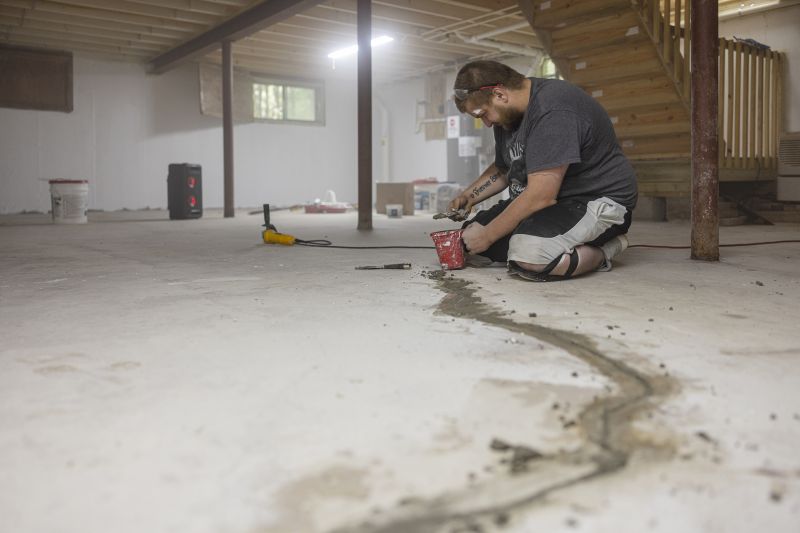
Ways to make Concrete Repairs work in tight or awkward layouts.
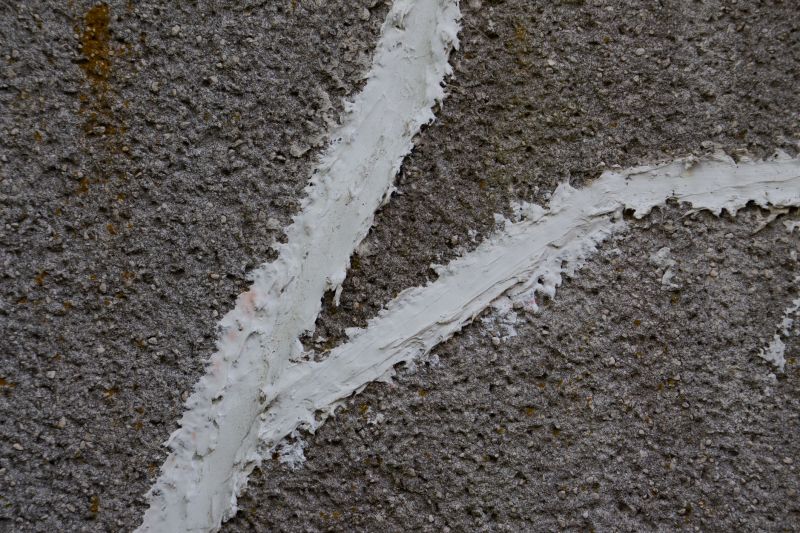
Popular materials for Concrete Repairs and why they hold up over time.

Simple add-ons that improve Concrete Repairs without blowing the budget.

High-end options that actually feel worth it for Concrete Repairs.
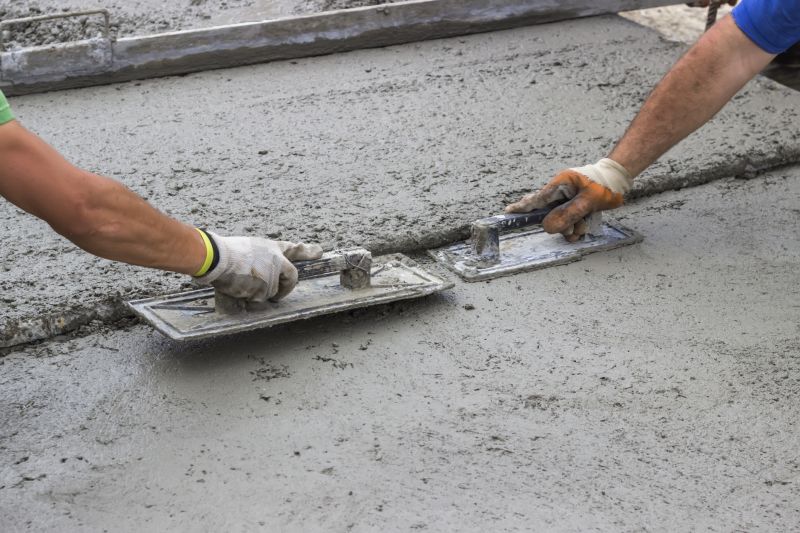
Finishes and colors that play nicely with Concrete Repairs.
Concrete repairs are essential for maintaining structural integrity and appearance. Proper timing ensures optimal results, with weather conditions playing a significant role. Repair work during favorable temperatures helps prevent issues like cracking, spalling, and uneven curing. Statistical data shows that repairs conducted during ideal weather conditions have a 30% higher success rate and longer lifespan.
Temperature fluctuations can cause cracks and weaken repairs if not properly timed.
Addressing issues early prevents costly structural failures and preserves property value.
Ideal conditions include temperatures between 50-85°F with low humidity.
Methods include patching, sealing, and resurfacing to restore concrete integrity.
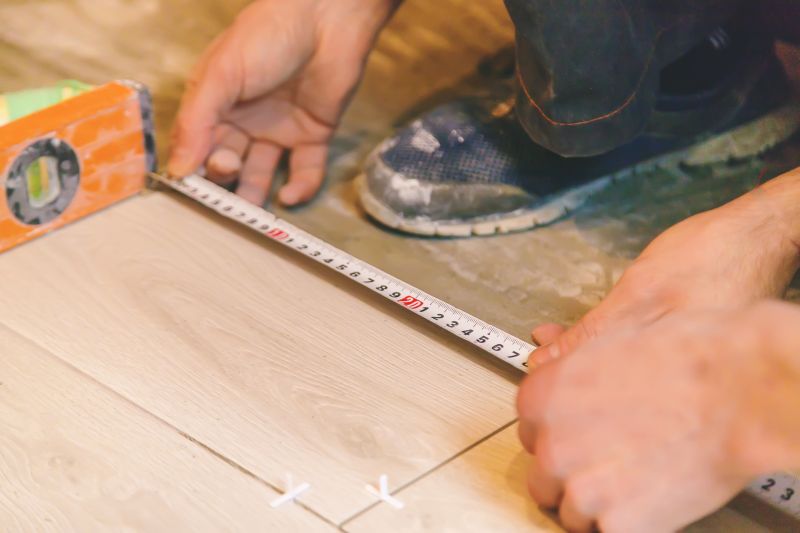
Little measurements that prevent headaches on Concrete Repairs day.
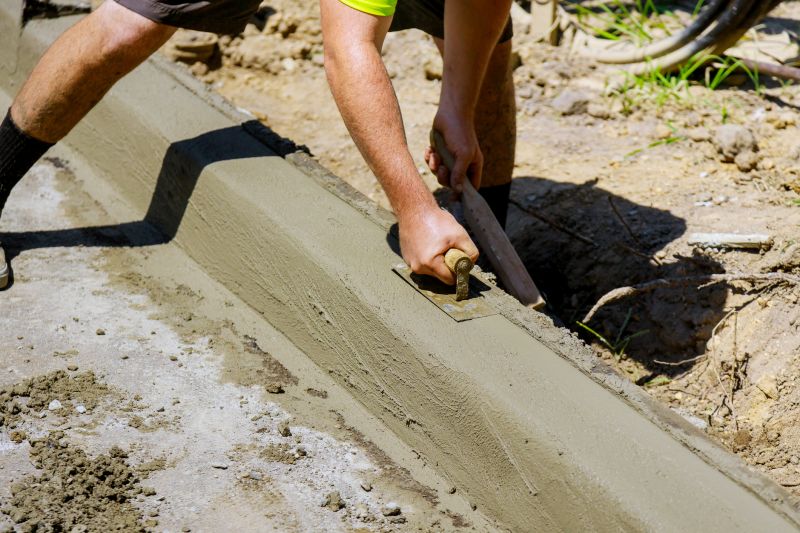
A 60-second routine that keeps Concrete Repairs looking new.
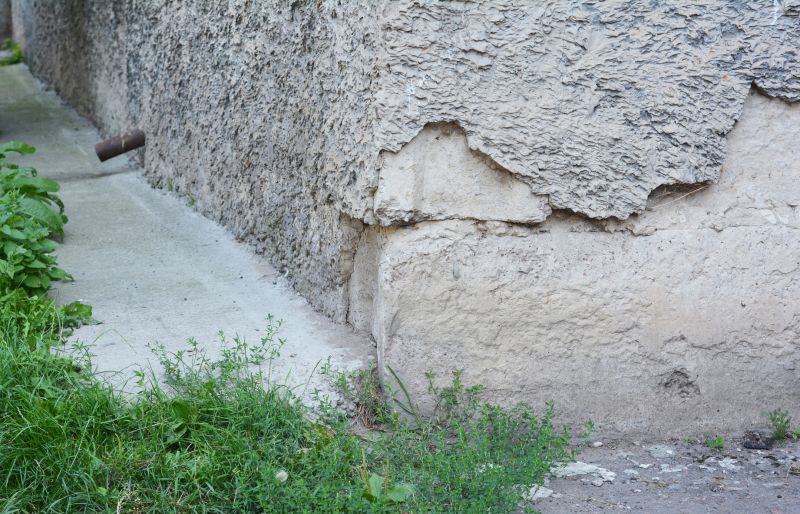
A frequent mistake in Concrete Repairs and how to dodge it.
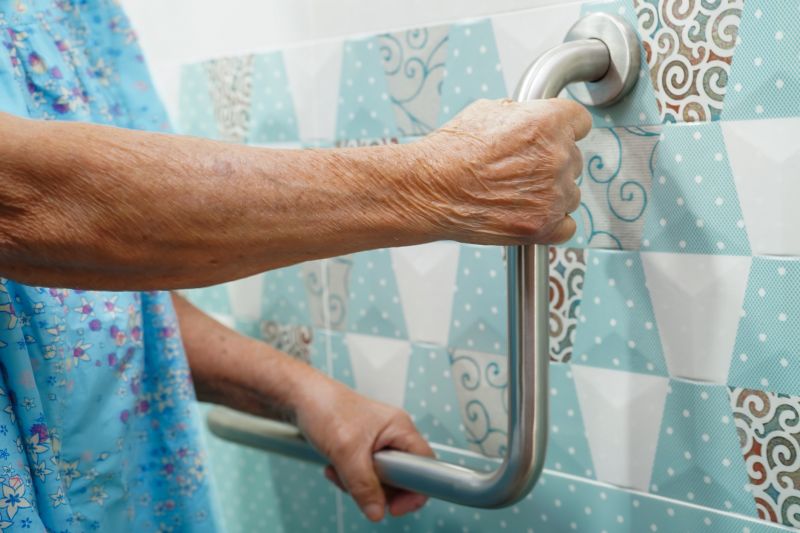
Small tweaks to make Concrete Repairs safer and easier to use.
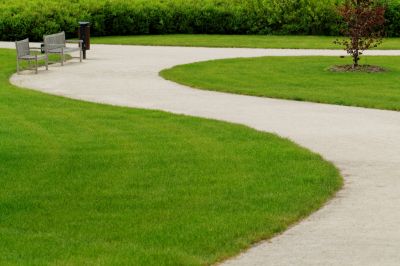
Lower-waste or water-saving choices for Concrete Repairs.
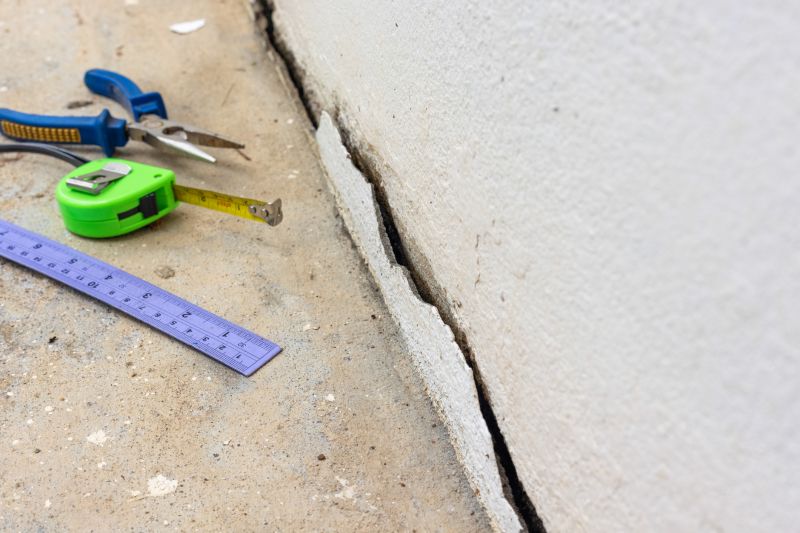
The short, realistic tool list for quality Concrete Repairs.
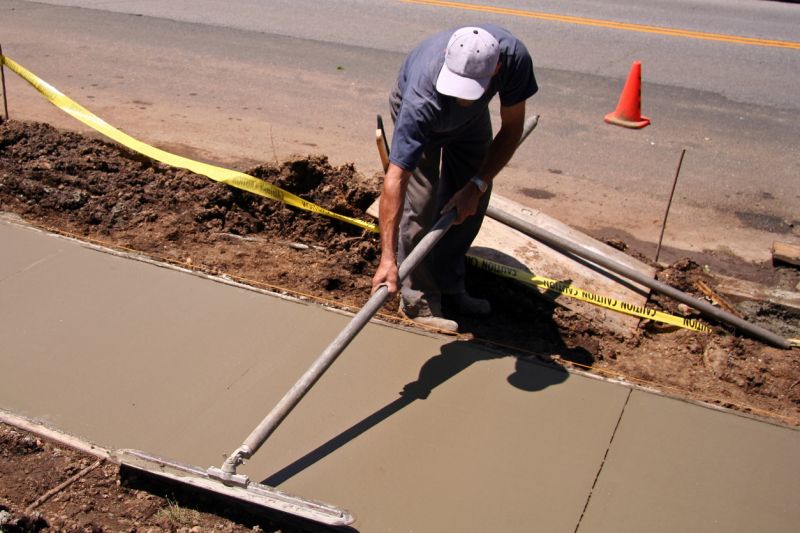
Rough timing from prep to clean-up for Concrete Repairs.
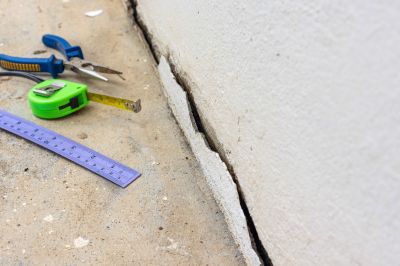
Quick checks and paperwork to keep after Concrete Repairs.
| Season | Ideal Repair Conditions |
|---|---|
| Spring | Temperatures between 50-70°F, low humidity |
| Summer | Moderate temperatures, avoid extreme heat |
| Fall | Cooler temperatures, consistent weather |
| Winter | Not recommended unless heated environments |
| General | Avoid extreme cold or heat for best results |
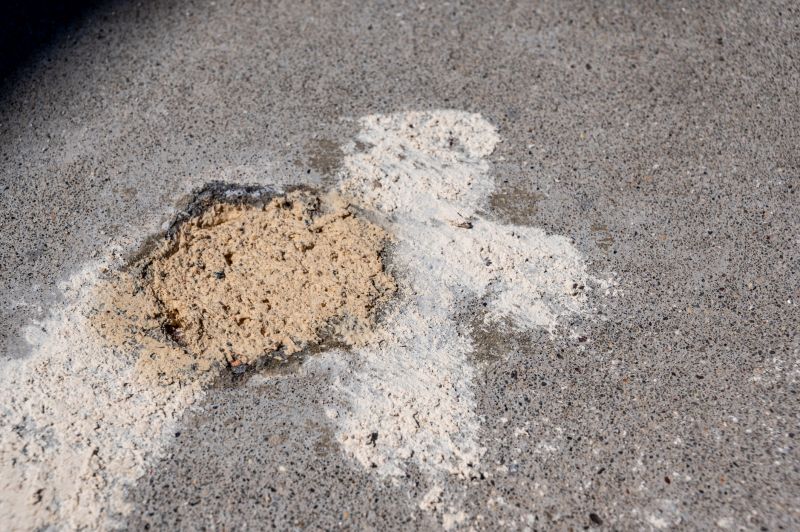
Preparation, patching, finishing, and curing are key steps for quality repairs.
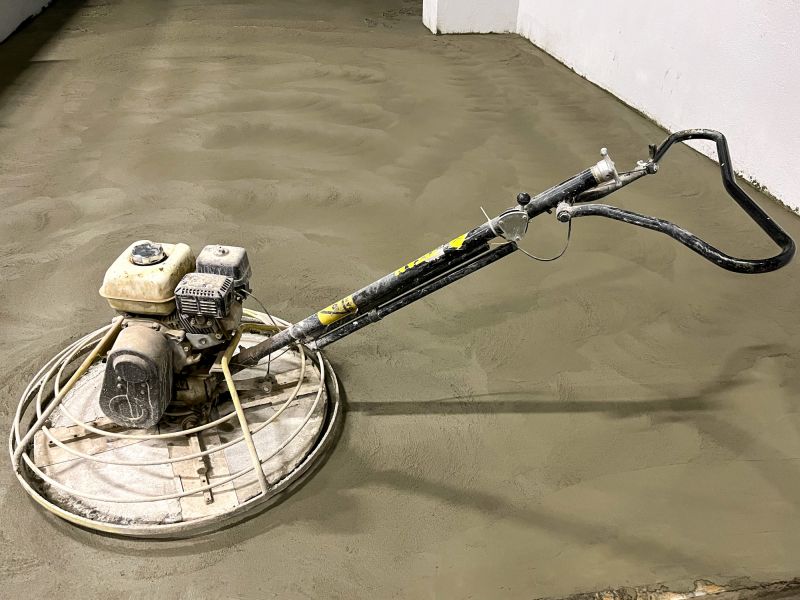
Equipment includes trowels, mixers, and curing blankets for optimal results.
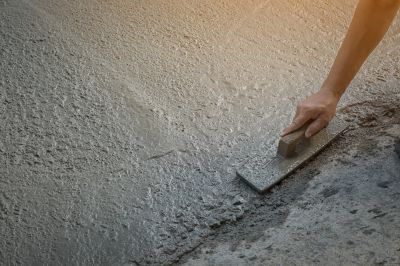
Proper timing results in seamless restoration and improved appearance.
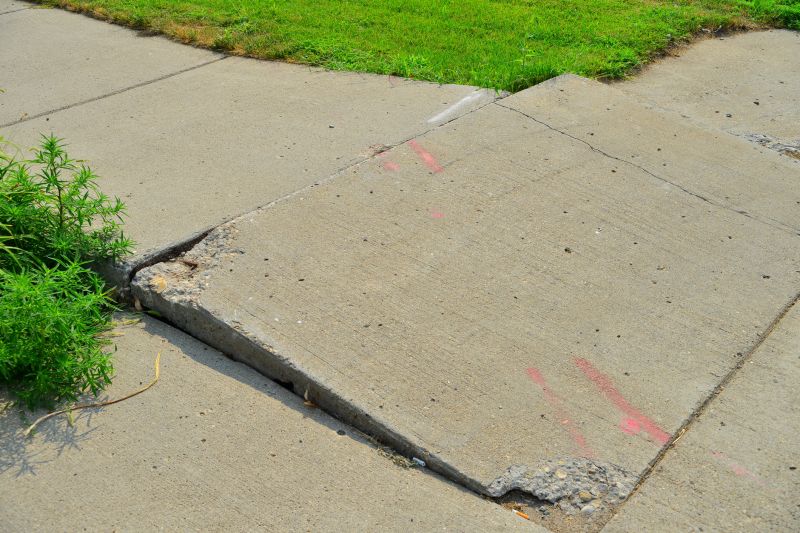
Weather conditions can accelerate or hinder the repair process.
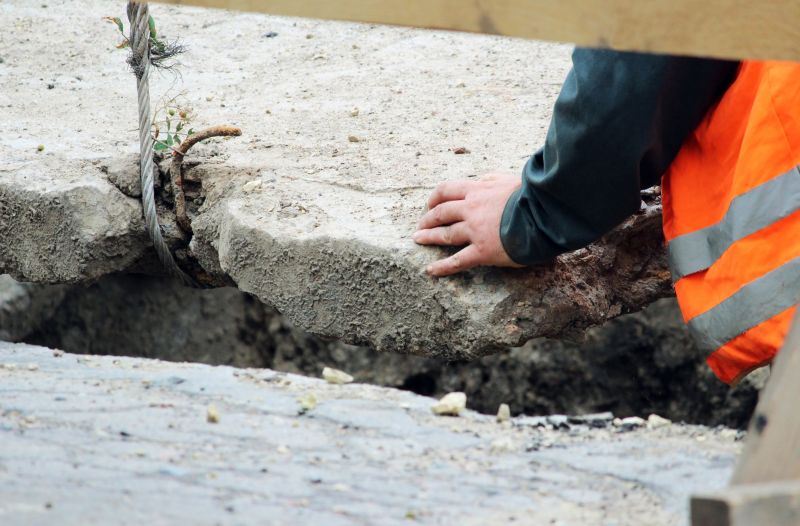
Examples that show the impact a good Concrete Repairs can make.
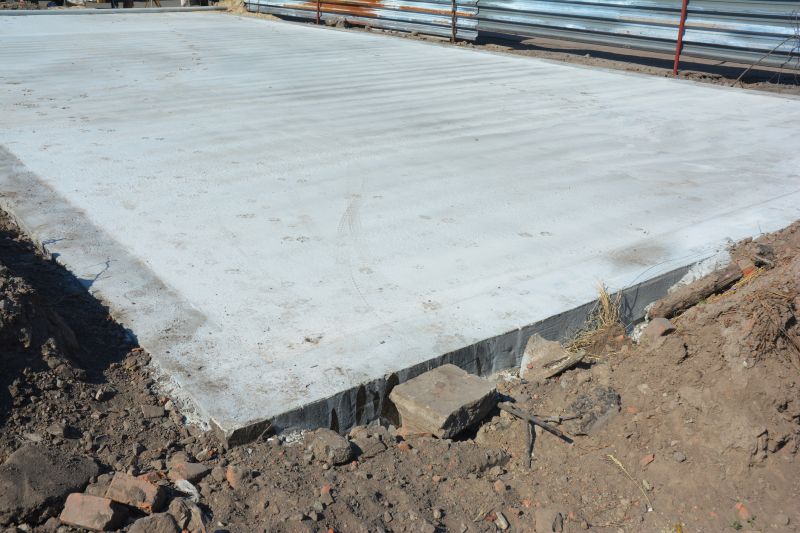
Ways to make Concrete Repairs work in tight or awkward layouts.

Ways to make Concrete Repairs work in tight or awkward layouts.
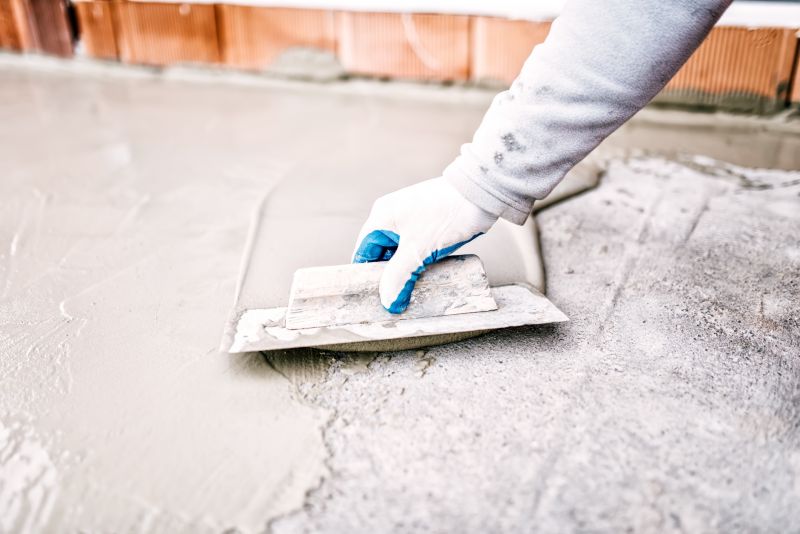
Ways to make Concrete Repairs work in tight or awkward layouts.
Timely concrete repairs contribute to the safety and stability of structures. Recognizing the optimal seasons and weather conditions can significantly enhance the effectiveness of repair efforts. Regular inspections and maintenance are recommended to identify issues early and plan repairs accordingly.
Interested in scheduling concrete repairs? Filling out the contact form provides a convenient way to get expert assistance and ensure repairs are performed at the most suitable time for durability and quality.


